Healthcare Cybersecurity Market Soars: Key Trends and Insights
SecureWorld News
MAY 2, 2025
The healthcare sector faces an unprecedented wave of cyber threats, which in turn is fueling record growth in cybersecurity spending. Attackers are not only encrypting data but also engaging in "double extortion," stealing sensitive patient information to demand higher ransoms. The market's expected ris e to $82.9


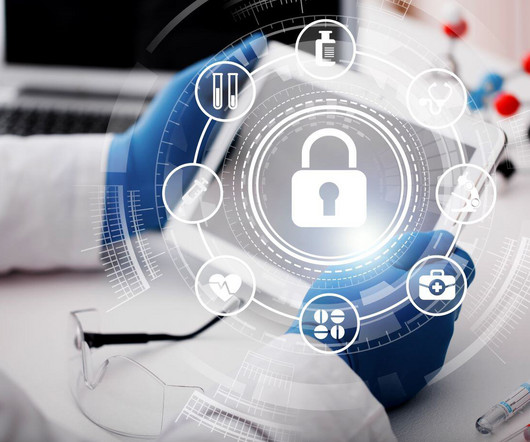

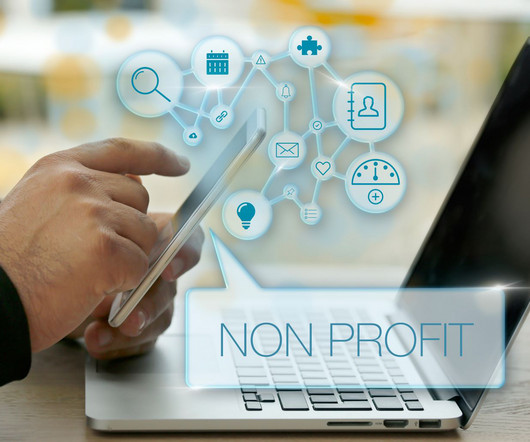
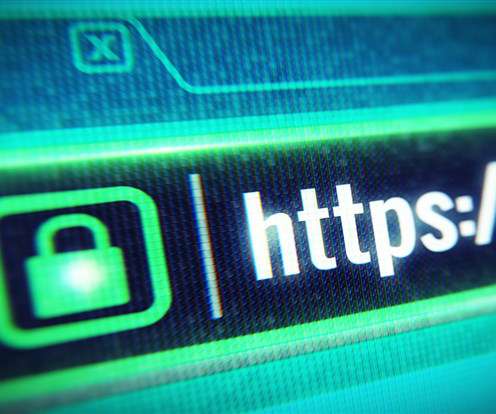




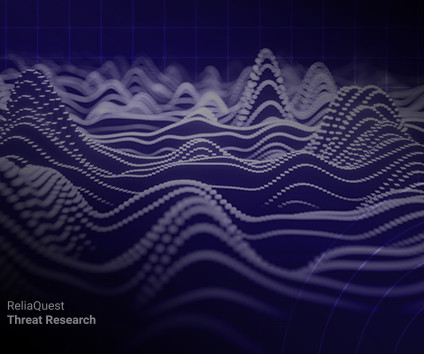
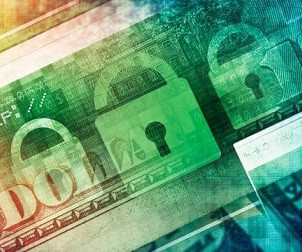
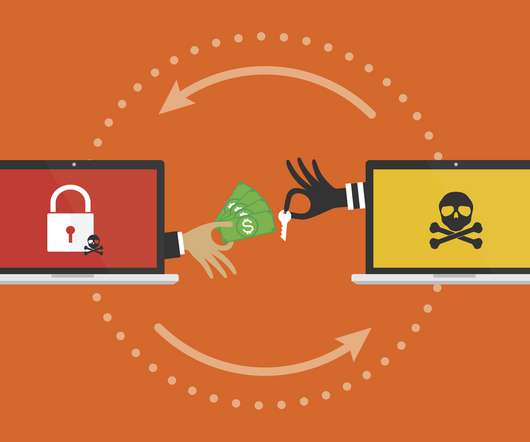






Let's personalize your content